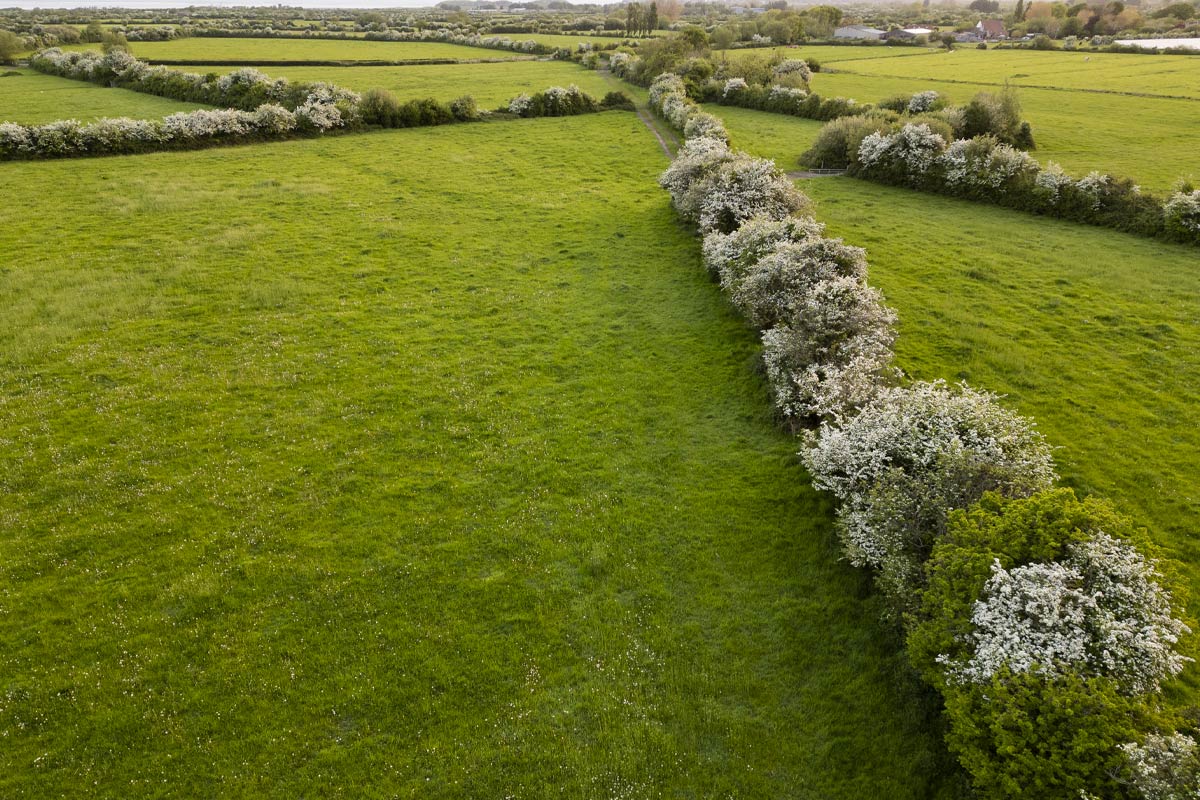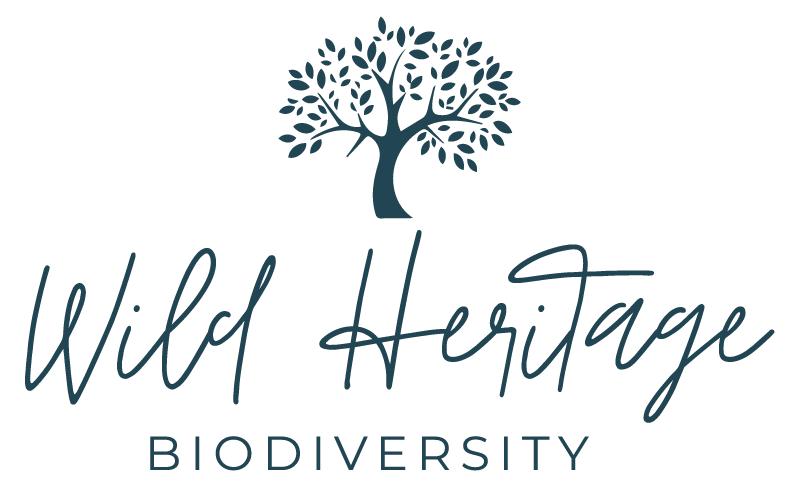Wild Heritage BNG Units
Our family run farm in North Somerset has 220 biodiversity net gain units spread across 32 hectares of actively managed pasture, hedgerows, woodland, water courses and ponds.
Wild Heritage BNG Units
Situated on the North Somerset Levels near the Severn Estuary and in close proximity to the Blake’s Pools nature reserve, which attracts over 100 species of bird and wildfowl, Home Ground Farm not only provides you with BNG units to meet your development ecology assessment conditions, but also gives you the opportunity to invest in this thriving natural habitat as part of your environmental plans and brand ethos.
Our BNG Habitats & Species
Grassland
Our grazing pasture provides grassland BNG units across a number of fields, with some areas of botanical species above 6 species per sq metre.
Fields are left ungrazed on rotation April to mid-July and cut later in the season to allow an increase in wildflower growth and seeding, attracting more bird and insect species.

Hedgerows
Over 2.8 km of native “Habitats of Principal Importance” hedgerow grows across the farm, with willow, hawthorn, dogrose, elder, blackthorn, and bramble present.
Boundary hedgerows and trees, as well as denser pockets of scrub, support a range of nesting bird species.

Watercourses & ponds
Situated on the North Somerset levels, the farm is criss-crossed by a number of waterways, known locally as “rhynes”, supporting swans, ducks, geese, moorhen, waterborne insects and also water vole.
There are currently two ponds on the farm, with several species of birdlife to be spotted at the water’s edge during certain periods of the year.

Woodland and trees
Two areas of woodland are present on the farm, with additional trees spread across the various fields.
Silver birch, English elm and oak grow in several locations, which will continue to be maintained, as well as new tree planting forming part of our habitat creation and enhancement plan.

Protected and notable species
Our biodiversity net gain assessment identified that greater horseshoe bats, which forage over cattle-grazed pasture, are likely to be present.
We are based in the North Somerset Bat Consultation Zone.
There is also evidence of water voles in the waterways, as well has sightings of brown hare during the assessment and hedgehogs are likely to shelter in the boundary hedgerows.

- Wetland (ponds): Two new areas of pond to be created and planted with native marginal and aquatic plants.
- Woodland: Two small copses to be fenced, planted with understorey native shrubs and managed to enhance condition.
- New Trees: Up to 96 new small individual trees (i.e. not associated with linear features) to be planted across the site.
- Hedgerows: Selective thinning/laying to maximise hedgerow diversity with planting of a diverse range of native hedgerow whips.
- Hedgerows: Plant species capable of maturing to standard trees to achieve at least 5 native woody species per 30m length and at least one mature standard tree per 50m length.
- Watercourses: Enhance selected watercourses through a combination of 5m fenced stand offs, scrub/shrub clearance, keeching and reseeding with native aquatic and marginal species.
Habitat creation and enhancement
As part of our BNG Development Plan we’ll be making changes to the way we farm our land. These changes will bring a positive impact to the whole environment on and around our farm. We’ll see an increase in native hedgerows, wild flowers and plants, which in turn will provide habitats for an increase in animal and bird species.
- Grassland: Create moderate distinctiveness (g3c) habitat with at least eight species per square metre.
- Grassland: Fields to remain uncut or grazed with low stocking density during April to mid-July to allow species to flower and seed.
- Grassland: Up to two additional cuts per year and removal of arisings when cut.
- Stroud district
- Somerset
- Bristol
- Bath and North East Somerset
- South Gloucestershire
Main National Character Area Regions covered
The Biodiversity Net Gain process looks to ensure that the native habitat within a certain region is improved as a result of development and construction work, with a main aim for any activities that cause disruption or destruction of natural habitat to be offset within the same region, by using biodiversity net gain units that are actively managed for 30+ years.
The BNG units on our farm in North Somerset are primarily focused on supporting your developments and construction projects across the National character area Bristol, Avon Valleys and Ridges, which covers:
